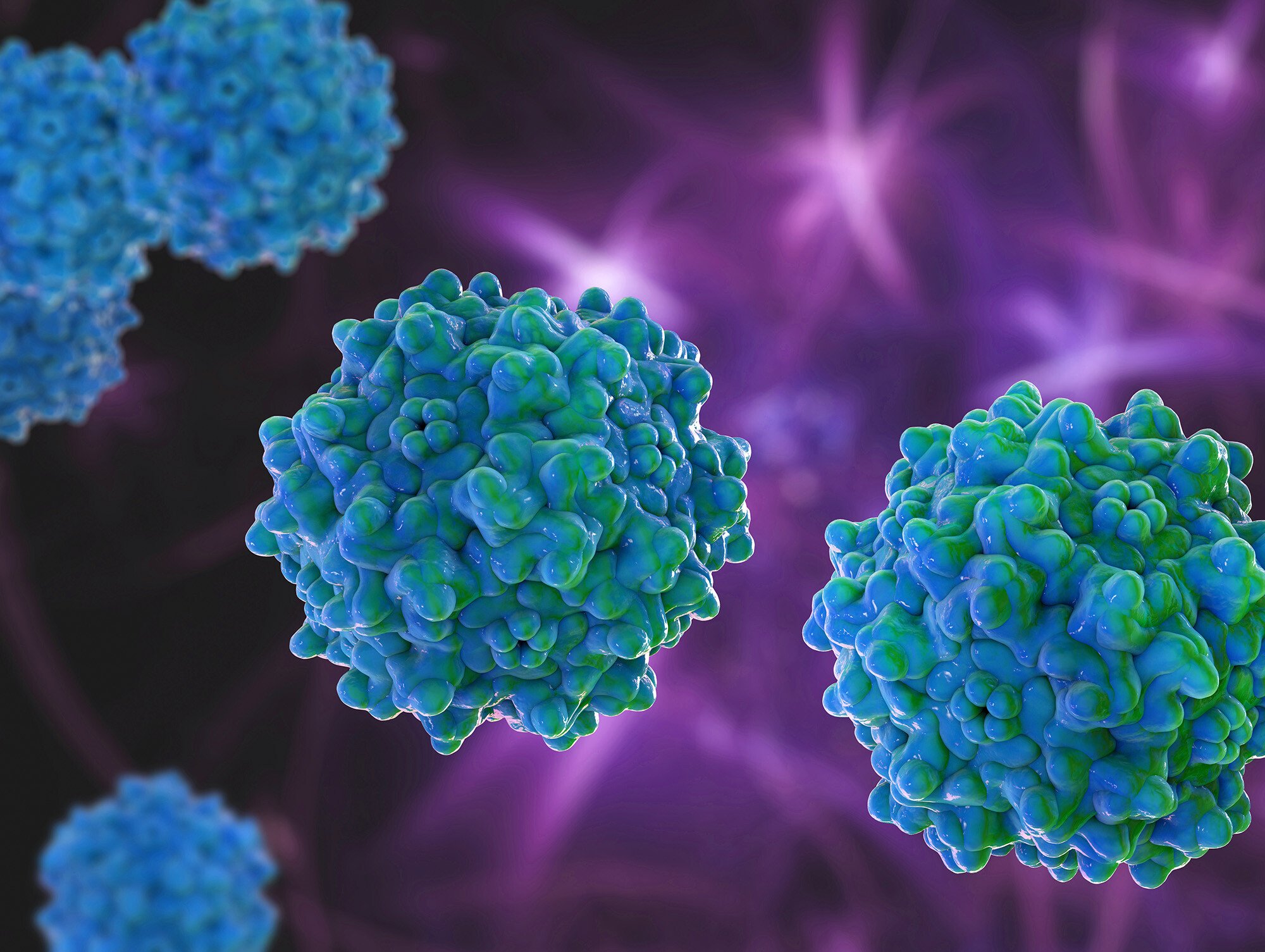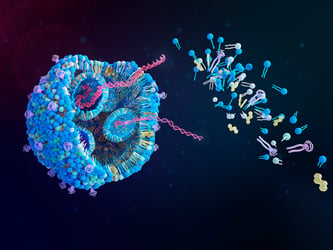Adeno-associated viruses (AAVs) have shown promise as vectors for gene therapy due to their non-pathogenic nature and effective infectivity for a variety of human cells and tissues. These vectors consist of a single-stranded DNA molecule encapsulated in a proteinaceous capsid which helps deliver the transgene to a target cell. AAVs are being explored to treat genetic disorders and other rare diseases, especially those involving the eye or central nervous system.
To fully recognize the benefits of AAV therapies in the clinic, it is essential for researchers to monitor and optimize critical quality attributes (CQAs) of the drug product that can influence its safety and efficacy. Commonly monitored CQAs for AAV therapies include AAV titer, full/empty ratio, and potency.
Subvisible particle content is another CQA of AAV drug products that can pose product safety and efficacy risks. AAV aggregates may lead to lower viral titers, poor biodistribution, and potentially lower infection effectiveness. These aggregates pose risks for immunogenicity and other adverse reactions. Other particle types can cause capillary occlusion or inflammation at the injection site due to particle accumulation. For therapies delivered intravitreally, particles in the drug product may cause the patient to see floaters after administration. While further research is required to understand the role these particles play in product efficacy, it is important to identify changes in particle content between batches of AAV drug products as these differences may influence their performance in the clinic.
 Our application note, "Monitoring Subvisible Particles in AAV Therapies with Flow Imaging Microscopy" describes how FlowCam LO, an integrated flow imaging microscopy (FIM) and light obscuration (LO) instrument, can be used to monitor and minimize AAV aggregates and other subvisible particles found in these drug products. A case study is presented that uses FIM and LO data to compare particle concentrations induced by different stress conditions (heat and shaking) on AAV2 samples formulated in different buffers (high- and low-salt).
Our application note, "Monitoring Subvisible Particles in AAV Therapies with Flow Imaging Microscopy" describes how FlowCam LO, an integrated flow imaging microscopy (FIM) and light obscuration (LO) instrument, can be used to monitor and minimize AAV aggregates and other subvisible particles found in these drug products. A case study is presented that uses FIM and LO data to compare particle concentrations induced by different stress conditions (heat and shaking) on AAV2 samples formulated in different buffers (high- and low-salt).
Flow imaging microscopy is a common technique for analyzing subvisible particles in biotherapeutics. FlowCam, a flow imaging microscope, provides accurate measurements of subvisible particle concentrations and sizes in AAV formulations. As a direct imaging technique, it is sensitive to transparent particle types like AAV aggregates. FlowCam also records high-quality images and quantitative morphology data to help determine particle type and source. In addition to detecting API aggregates, these measurements can assist researchers in identifying and controlling unwanted intrinsic and extrinsic particles in their AAV and other gene therapy products and manufacturing processes, improving product quality and ensuring patient safety.
Learn more about FlowCam for Gene Therapy Applications











